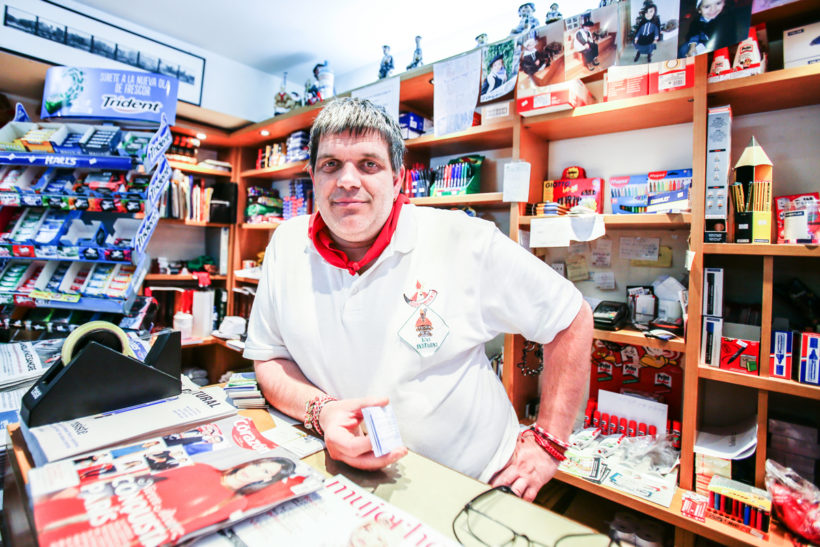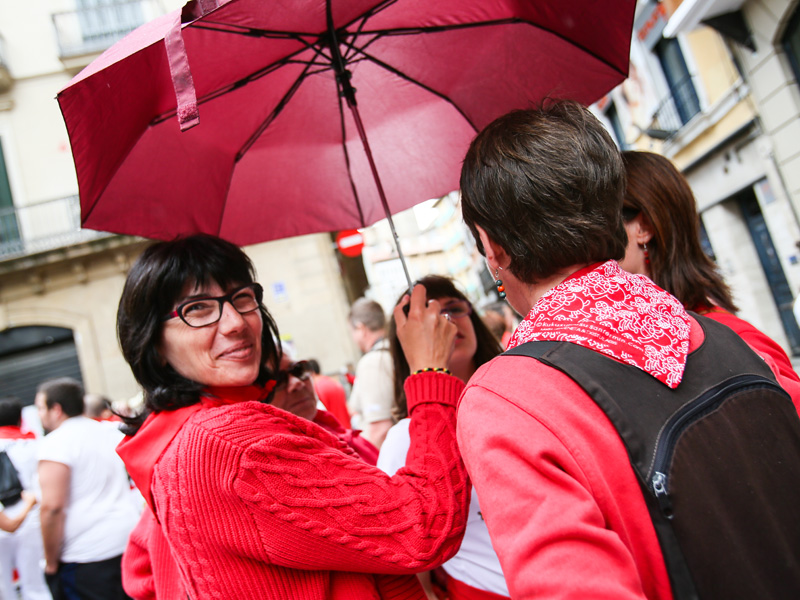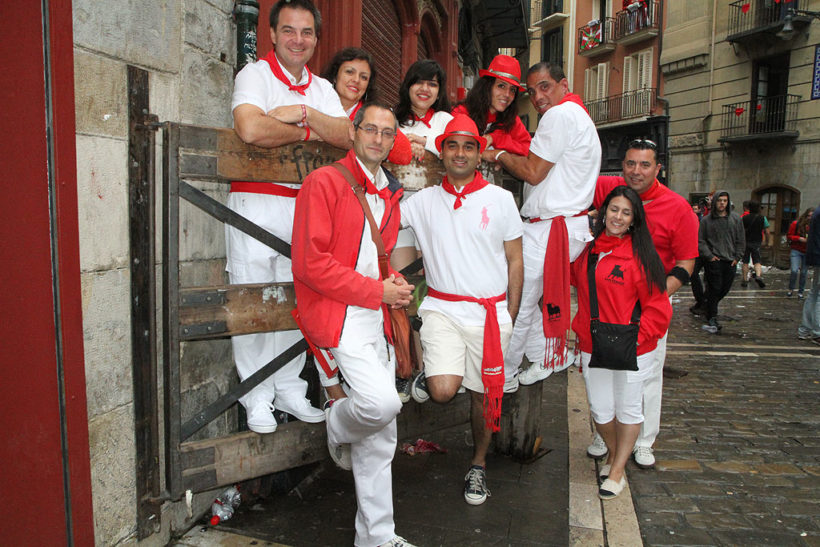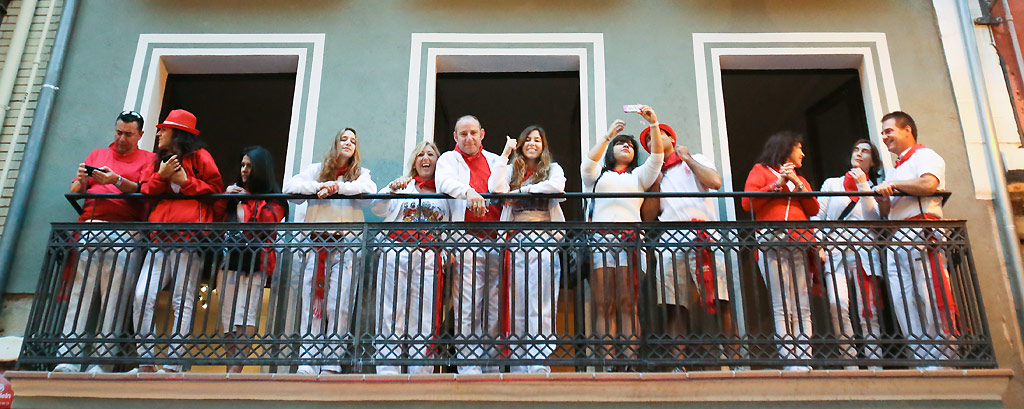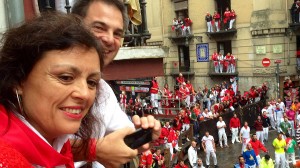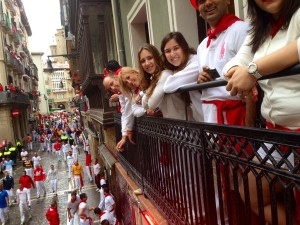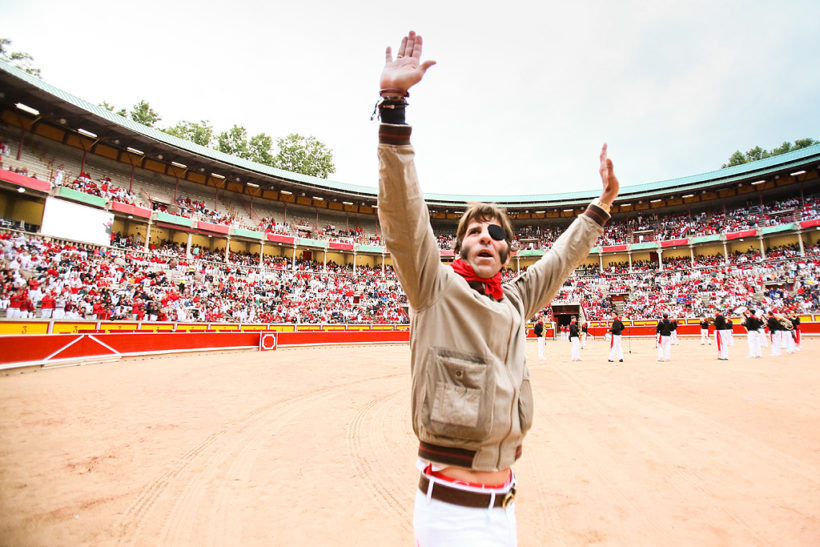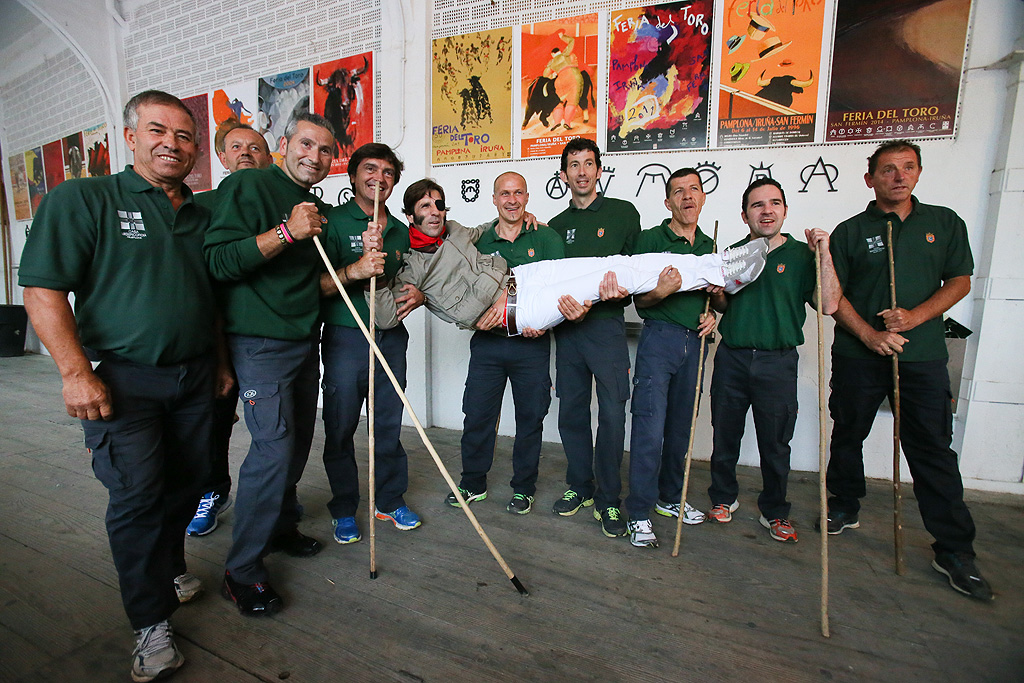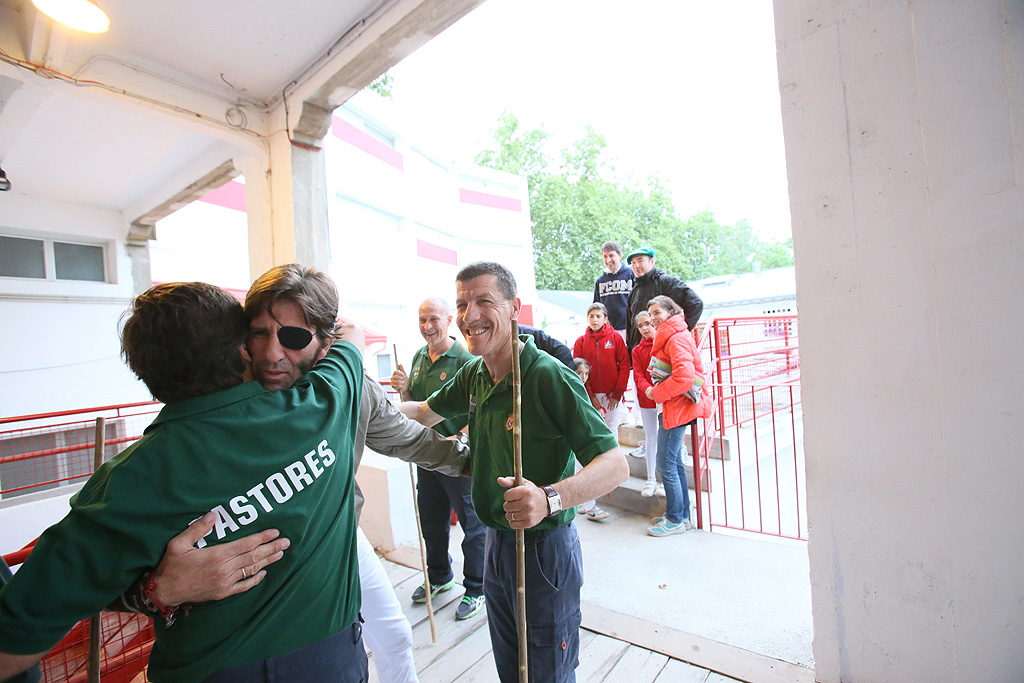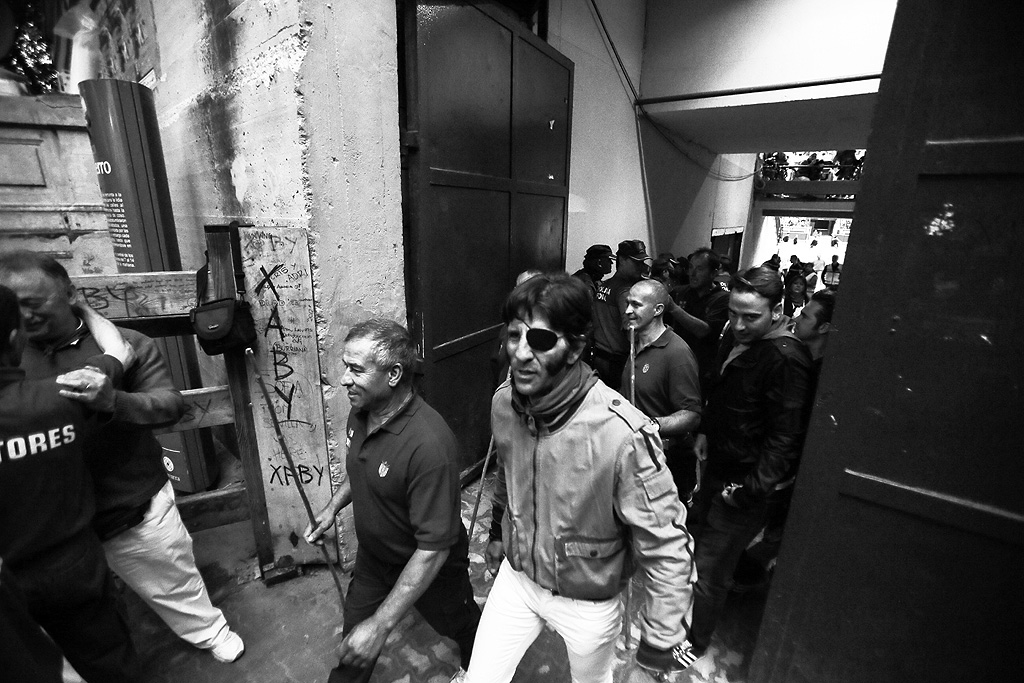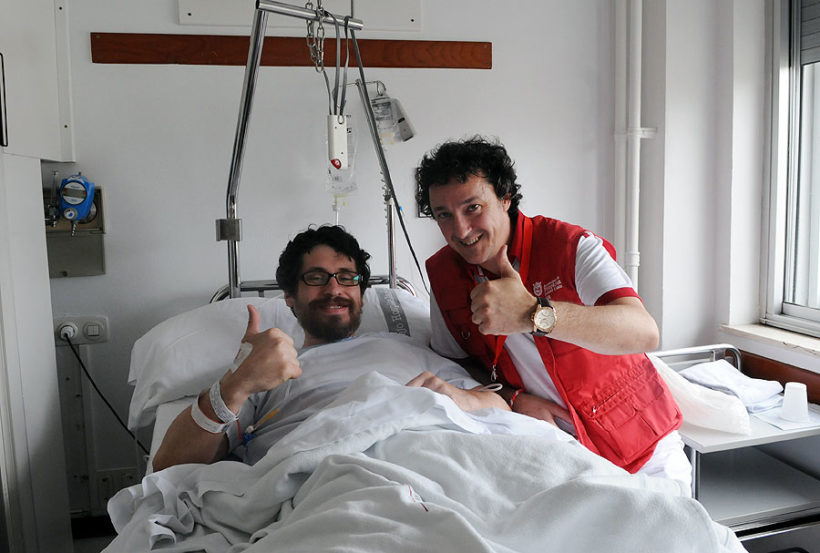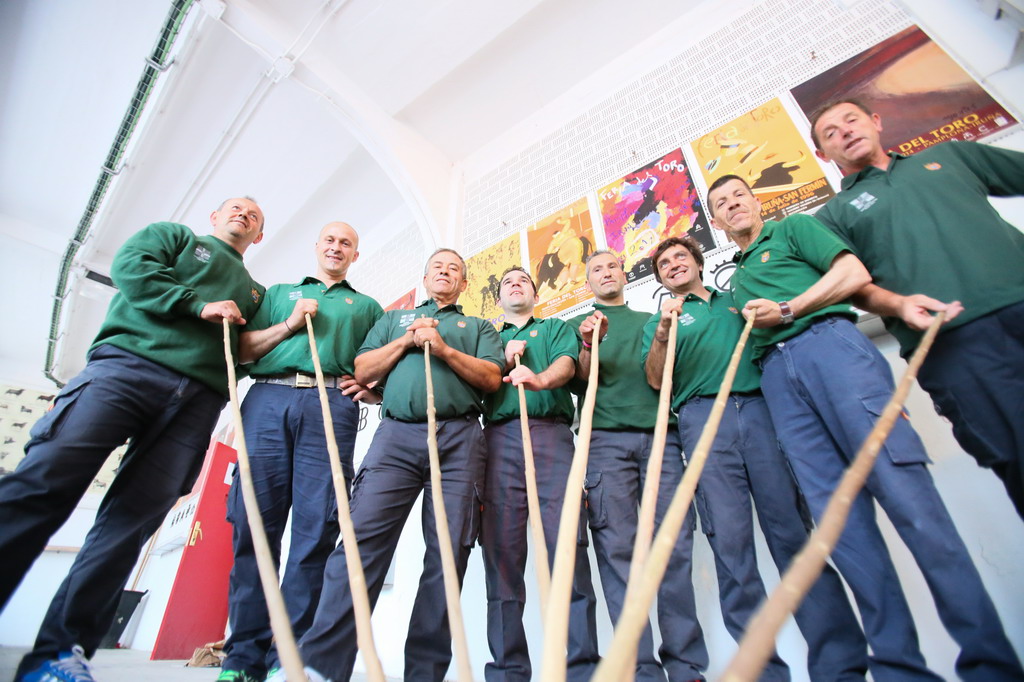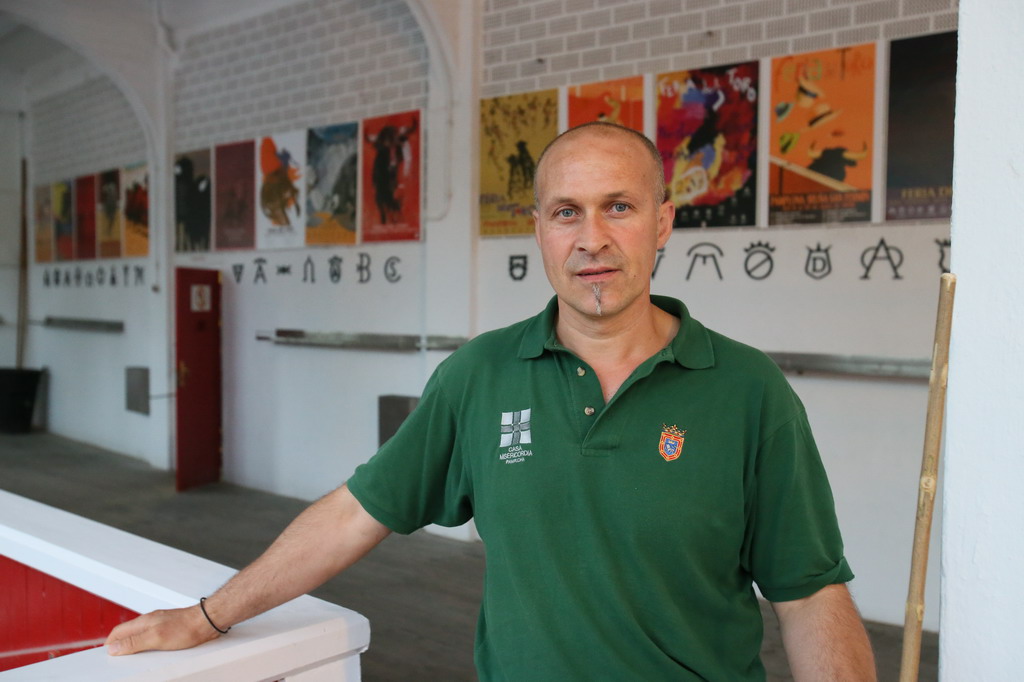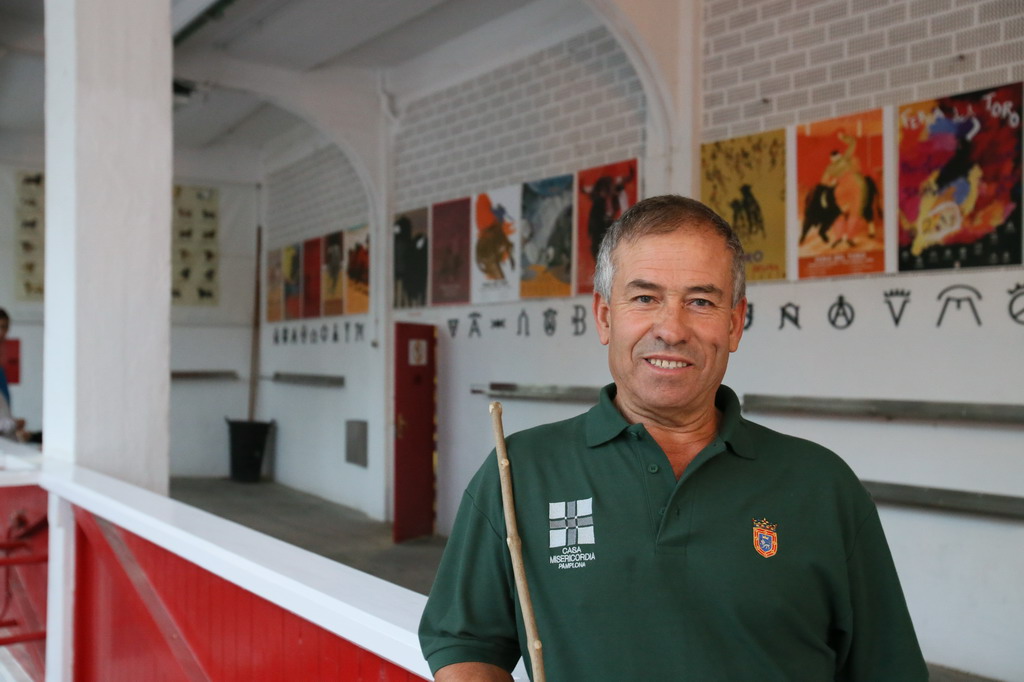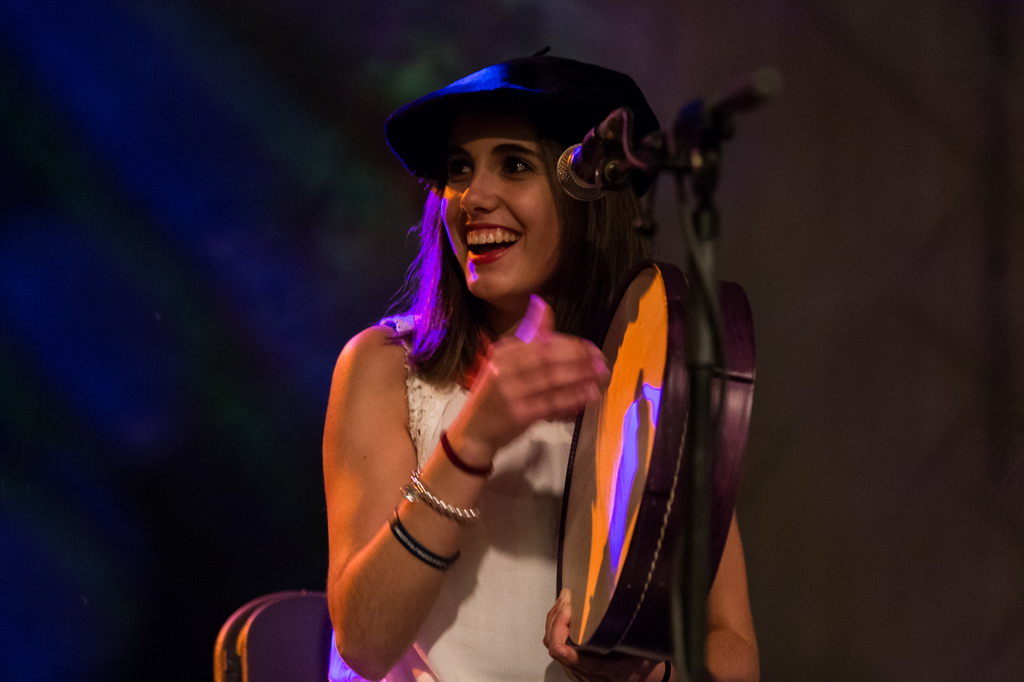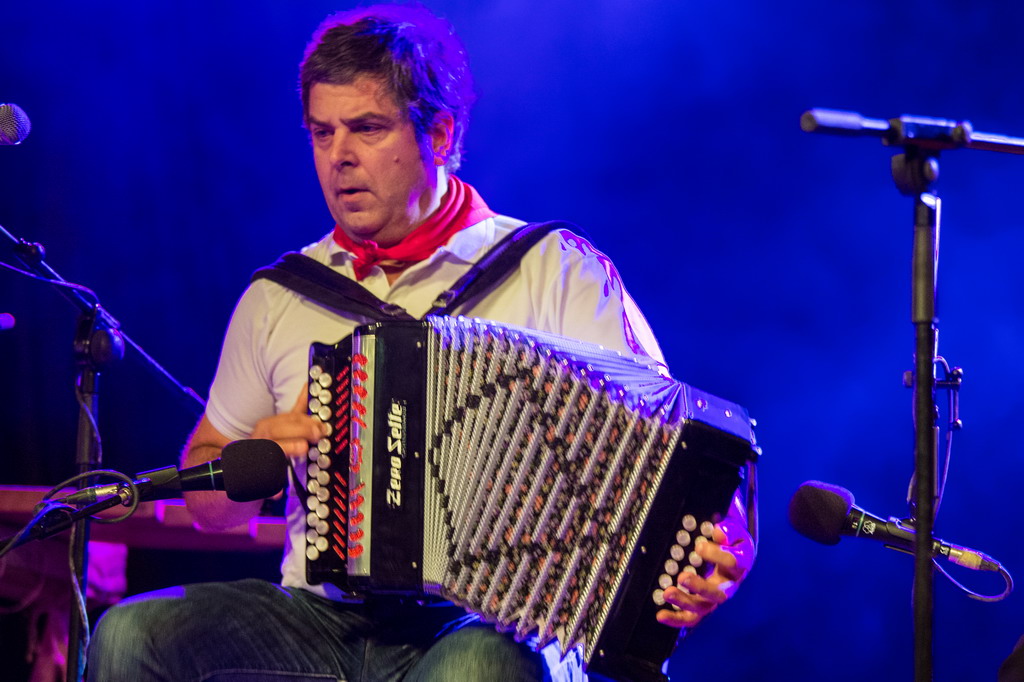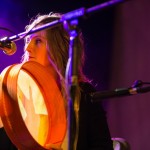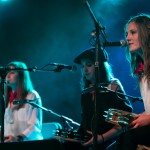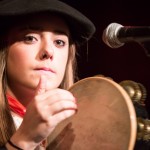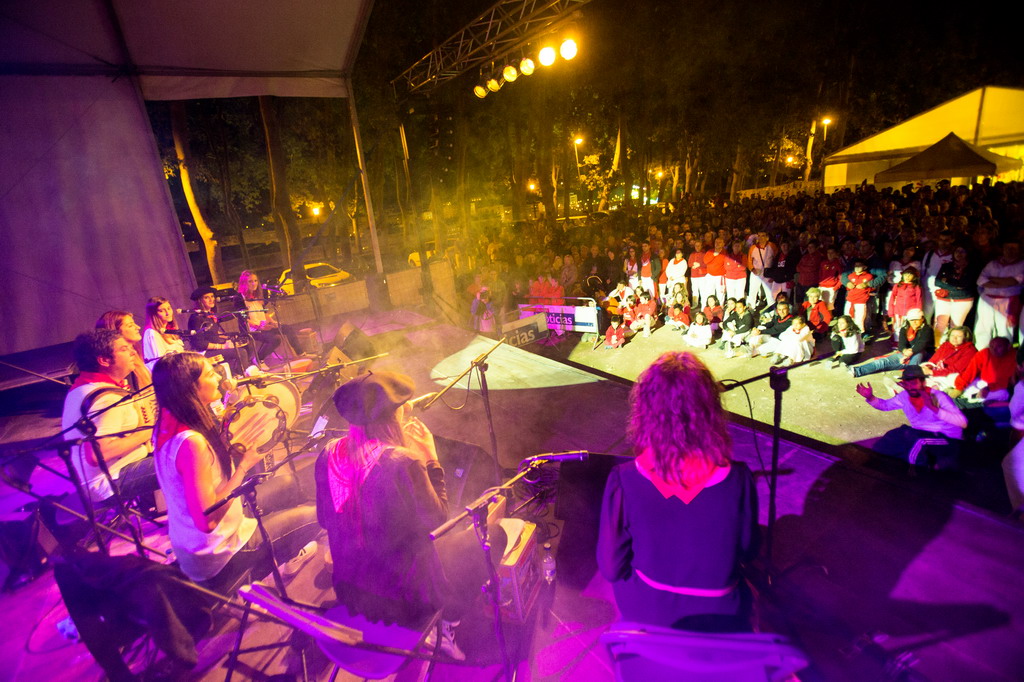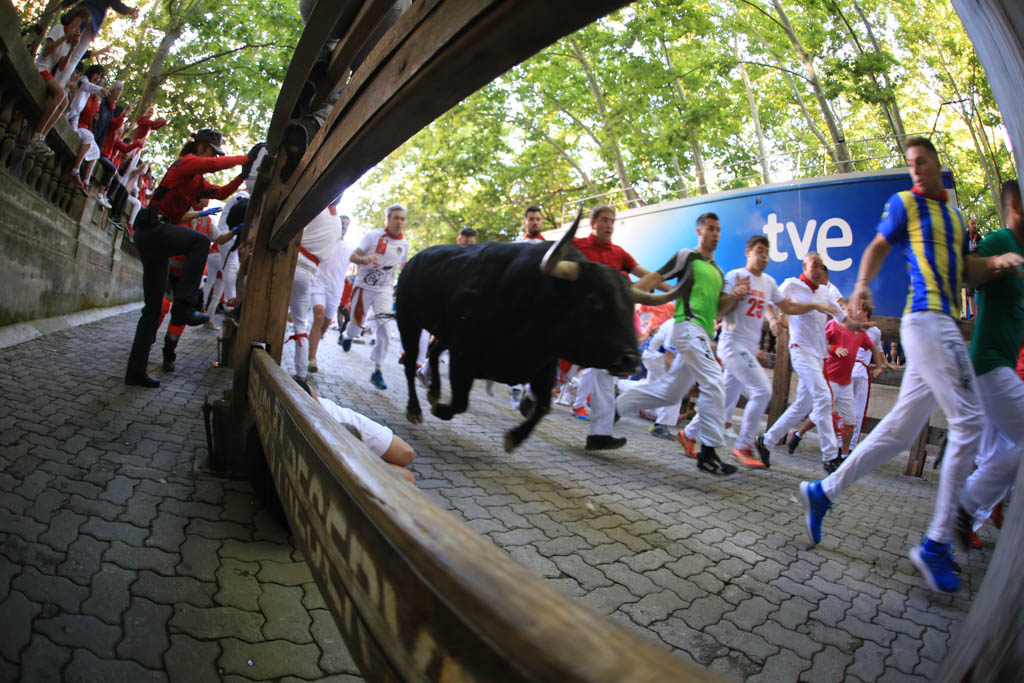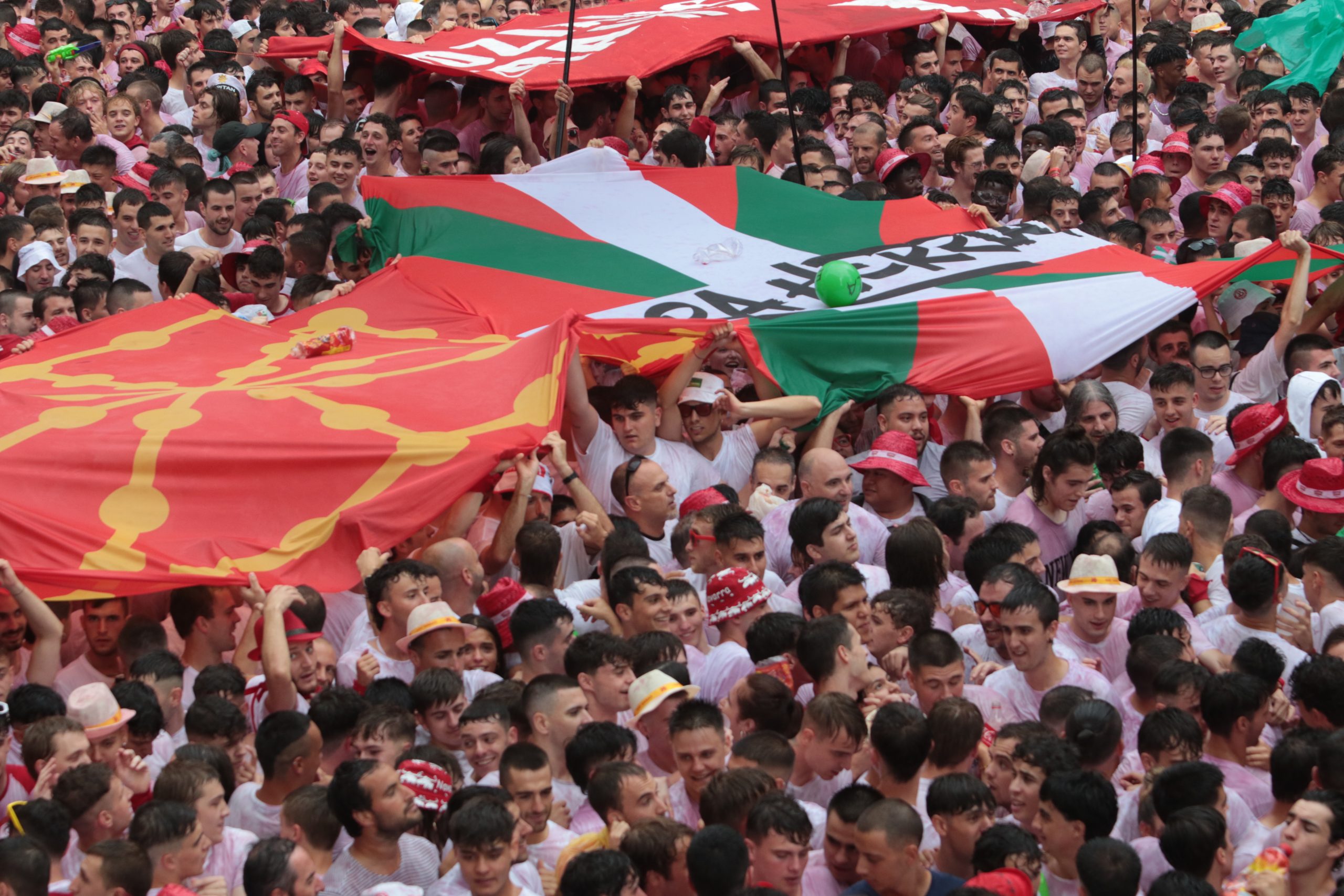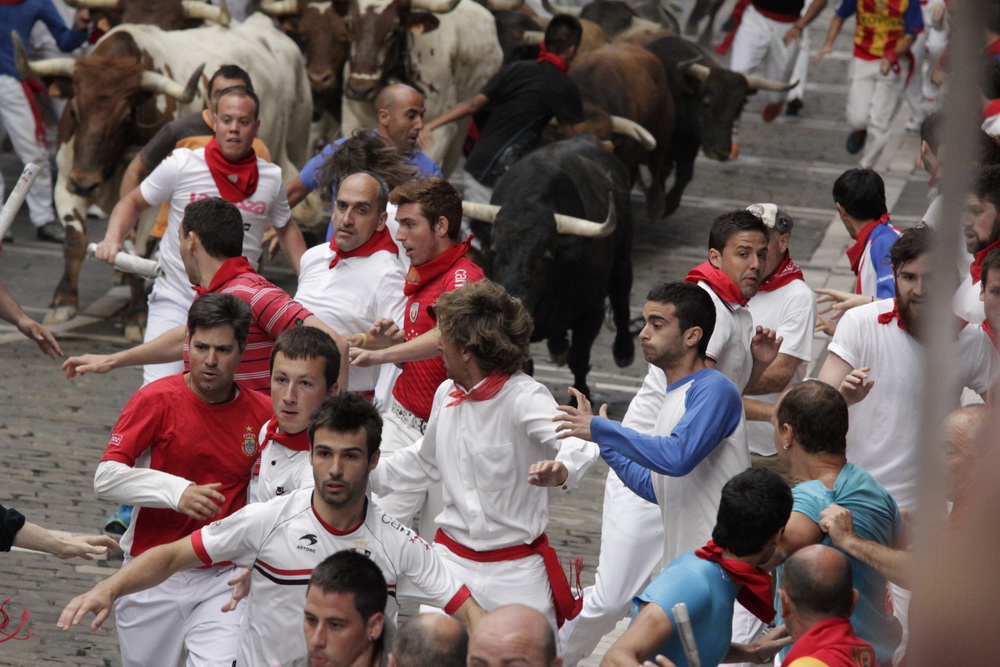“I don’t like the idea of running at all”, states Bill Hillmann, laid out in a hospital bed in Pamplona, Navarra, where he is recovering from a goring which he received on the 9th of July. The bull went by the name of “Brevito”; bull number 2 from the Victoriano del Río bull-ranch, which is famous for breeding fast bulls. The hospital room seems like a television studio. The media is very interested in this particular story because it contains a certain morbid curiosity. In this particular case, the guy who got gored turns out to be a 32-year-old North-American writer who is the co-author of a book entitled “How to survive the Bulls in Pamplona’s Running of the Bulls”. It could make a great script for a movie.
Bill has an open, honest smile. The telephone in his hospital bedroom rings. It’s a call from CNN, the north-American TV channel. They would like to get in touch with him for a live TV broadcast. The line gets cut off. They ring back again. Bill responds with all the patience of a meek bell-oxen. His only line of contact with the outside world is the hospital phone. These days, during Sanfermin fiestas, he had his passport and his laptop stolen from him and his American cell phone does not work in Spain.
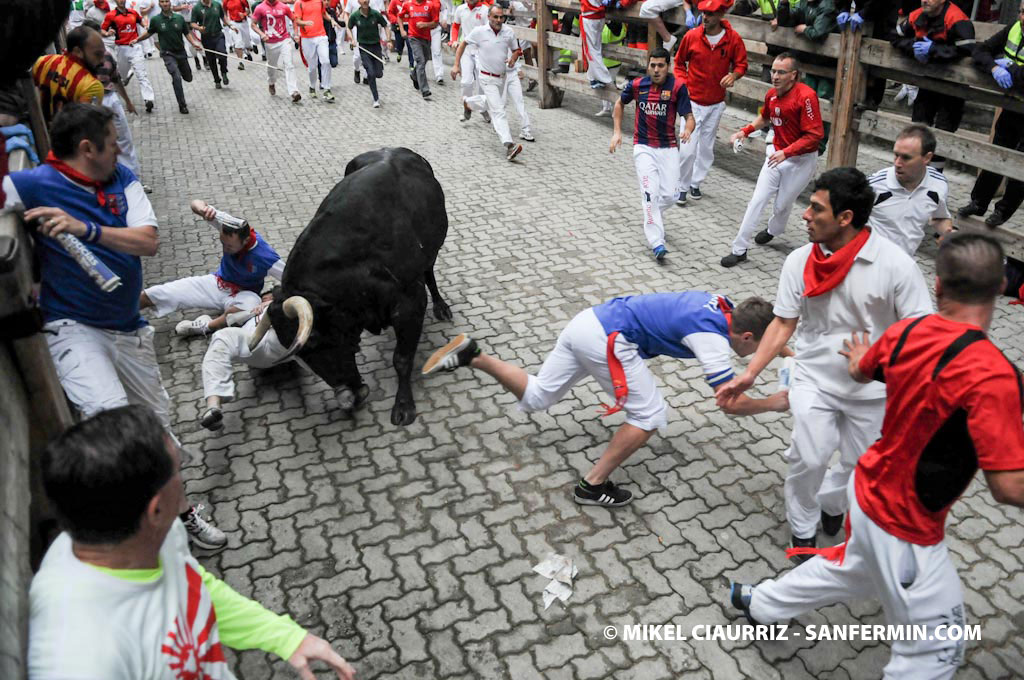
He has narrated the details of his goring several times already. Both actively and passively.Without any complaints. He does not try to change or move his posture in bed, because, with any movement he makes, his right leg reminds him that he is suffering a wounded leg. Jim Hollander, a New York-based photographer who is a regular visitor to Sanfermin fiestas in search of photos, comes into the hospital room. But this time it was not he who got the photos of his fellow-citizen’s mishap. He is simply paying him a visit. He tells me that “Bill is a fine writer” and he shows me a portrait that he made of him in Cuéllar when he was named ambassador of the bullfighting fiesta in that town in Castile. The two men chat for a few minutes. Both men belong to that tribe of North-American visitors who are addicts of the Running of the Bulls and the Sanfermin fiestas.
Several TV channels have passed through, and a radio station too. Two of his best friends have dropped by. Some hospital social workers are also here as well as nurses and even the cleaning lady has been in…one long procession of people. I bide my time and eventually, I get the chance to be alone with him. I notice that he is tired. He has been brought some food and I help him set the tray on the bed. His wife has gone off to get some sleep after spending the night with him. Bill eats with gusto. He says he loves Spanish cooking. I take out my notebook quietly. This man should be resting… the door of the hospital room opens again. Well, well…yet another visit.
Three big men and a woman enter the room. I tell them that Bill is all played out but, of course, they want to say hello to their friend. They all speak with strong American accents. Bill seems pleased to see them. I put away my notebook and listen to them speaking. They too are Sanfermin fanatics; they don’t miss a single day of the fiesta week. One of them got a goring some years ago in a Running of the Bulls. Another of them is holding a copy of the novel which Bill has just published,
“The old neighborhood” and he asks for a signature dedication. Would he have had the book in his travel bag along with his white Sanfermin gear or would he have bought it yesterday from Amazon? Bill takes up a ball point and starts to write something on the first page… he writes and writes… very concentrated… perhaps this is the first time he has used a pen since his accident and for that reason he wants to take his time on it.
His friends take leave of him and I prepare to do the same. Really, my task has been completed. I have brought him a laptop so that he can continue to write some articles for the Chicago Tribune newspaper and note down his first reactions to his goring, and all the fuss it has caused, etc. Ideas won’t be lacking. The laptop was given to me by Mikel Ciaurriz, one of the photographers at Sanfermin.com, the author of the photo which has been seen all around the world and besides, the man behind the cute story which has brought me to this hospital room.
How had it all come about? After checking his work and the sequence of photos that he took of Bill’s goring, Mikel felt that that lesion could turn out to be a very bad one as the horn was very close to the femoral artery. He immediately went over to where Bill was receiving first-aid at the fencing from The Red Cross. He looked into his face. The two men exchanged a look and Bill gave him a thumbs-up OK and Mikel made the same gesture back to him. Pure and simple empathy. Hours later, the two met up again in hospital: Bill immediately recognized Mikel who had come to visit him and to know if there was anything he could do for him. “Man, you are my angel”, was practically the first thing that Bill said to him. And it was the truth. He lent Bill his cell phone so that he could call his parents and tell them that he was fine and well.
Bill looks very pleased when I hand him the laptop. He has not got an Internet connection yet but at least he could do some writing with it. He insists that we should have a chat and that I could give him an interview. I think that maybe it would be good for him to have a relaxing conversation before taking a nap, although I could not help thinking that he would be receiving more transatlantic calls as it was now waking time in The USA. In any case, I started with my questions…
Do your parents know that you are out of danger?
Sure they do. Thanks to Mikel, the photographer, as he gave me his cell phone to let me call them. That guy is my savior!
What exactly happened between the two of you?
When the Red-Cross first-aid people were treating me at the fencing, I was looking at him. I was thinking, well, I am alive and well, I just have a jab from the horns of the bull, and I was not out of my mind. I don’t want anyone to think that I am afraid or out of my mind… the way he looked at me and smiled was part of that first moment of realization. I wanted to let him know that he should tell everyone that I was fine. I just liked the way he looked at me. I felt like shouting out in Spanish “Amo a los toros”, but I was bleeding quite a lot and well, I did not actually do it, but I gave silent thanks for having come out of the run still alive and in one piece.
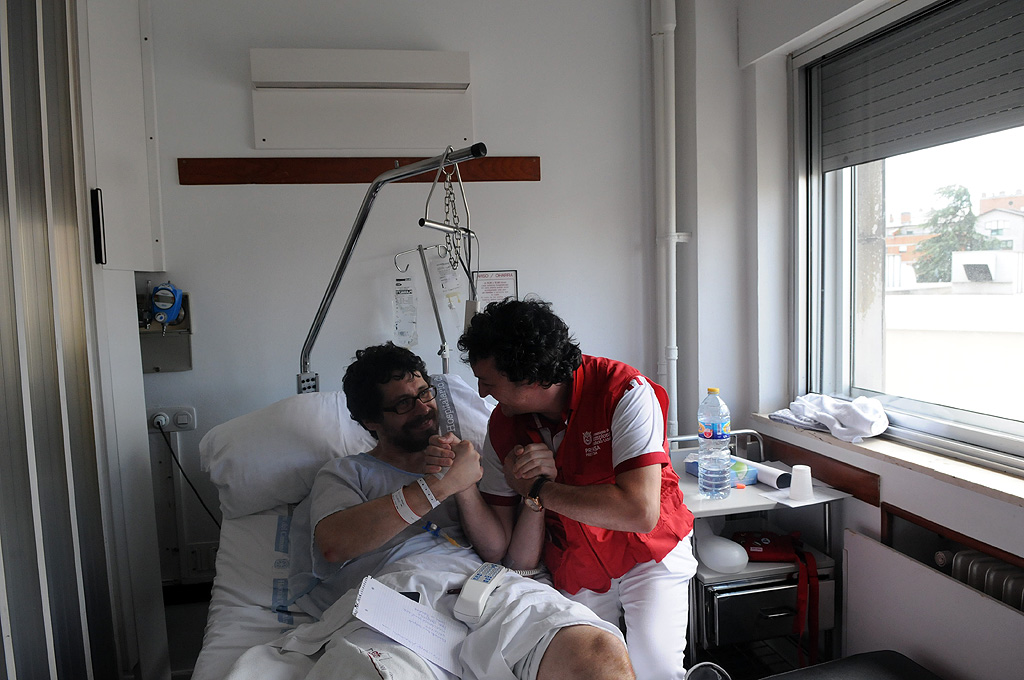
One of the first visits you had was from Mikel Ciaurriz.
Yes, the very first. I was alone in the room as my wife had gone off to look for our friends. When he entered, I knew him straightaway. Then later he showed me some of his photos and it helped me to understand what exactly had happened… how I got pushed…how I fell. These were the first images that I had seen and that was good for me and important as it cleared my head. I found it hard to believe that a perfect stranger would do all this for me. “Is there anything that you need”? he asked me. And my first thought was for my folks back home… I said to him “I would love to be able to call my parents”. Without any hesitation he held out his cell phone. “Tell me the number” he said”. It was 6 a.m. in Chicago, my parents would be just getting up and maybe they could already see the news. I felt a bit embarrassed but I accepted his kind offer. I just did not want them to be worried. I knew that if they heard my voice it would help to reassure them. It was a real gift. The best gift of this whole damned story. He is a great guy, is Mikel.
What do you miss most right now?
The Fiesta, The Sanfermines, I’m losing out on them! I don’t want to watch the Running of the Bulls on TV. I want to run and I miss not being there with my pals. I have been coming for the past five years and I always stay for the whole of the fiestas.
Do your feel inspired to write more about the Running of the Bulls? Have HaveAre you turning over some new ideas in your head?
Sure, sure, my newspaper, The Chicago Tribune, has already requested me to write some things for them and I am tossing some ideas around at the moment. Now that I have a laptop I will be able to work on that. That’s great. I feel very much like writing.
After Pamplona, will you head straight back to The USA?
No, not yet. Maybe a trip to Morocco…I don’t know…it all depends on how my leg is. Will I be able to carry my baggage…,move about easily…? In August we will travel to London to launch my novel. I have a writer friend there – Irvin Welsh – who is organizing some events for me. He is well-known in his country and he is really helping me a lot. We are both good friends.
When did you write that book, “The old neighborhood”?
I started to write it some ten years ago. And I have rewritten it several times to try to improve it. It was just published a few months ago.
This year you also published a book in electronic format about the Sanfermines, as a co-author with some other American writers, “How to survive in the running of the Bulls”.
That’s right. We wrote it between four of us and also the photographer, Jim Hollander, has participated in it – the guy who just visited me earlier. Joe Distler, who is just an incredible runner and John Hemingway, grandson of the Nobel Prize winner and then Alexander Fiske-Harrison, coordinated the whole project.
What was the experience of sharing a book like?
The book was divided into four parts. I wrote the chapter dealing with the Running of the Bulls…how to run…what to watch for…make sure the bulls don’t catch you…things like that (he laughs out loud). John writes about his grandfather Ernest Hemingway and his passion for the Sanfermines. Joe narrates how the Running of the Bulls has evolved and about the early runners… Alexander did the hardest part of all which was to link up the parts and give a form to the book. Then edit the whole thing and get it out and spread the word about it. The Mayor of Pamplona has written a preface and some local runners like Jokin, Josetxo and others have contributed with their ideas and advice about how to run the Running of the Bulls. It was a nice piece of co-authorship and cooperation from several hands.
In the photos taken of your goring, it is clear that you are wearing some light footwear that looks like stockings with toes on them. Are they the famous ‘barefoot’ ones?
Yes, I always run with them on because I just love them. They are very comfortable and very light. I have had those ones for the past three years and I use them to run and also to do some exercises with.
Have they survived the accident?
I think so. I don’t know exactly where all my things are, but I know that they survived.
Have you read Fiesta, by Hemingway?
Sure. It was the first book I ever read. I was a pretty poor student when I was a kid. I was about twenty years old when I first read it and when I finished it I felt I wanted to write and tell stories like that: I thought to myself “I want to be a writer, I want to go to Spain and I want to run with the fighting bulls”.

The telephone rings. Bill answers it straightaway. It is Michael, a friend. Bill asks him to call back later as he is being interviewed right now and he would love to receive a visit from him in the hospital.
When you were writing the book, did it ever occur to you that you yourself could get gored by a bull?
Sure. I have always thought it could happen to me. The danger is there. You can make a mistake and, with the fighting bull you can never be sure. But I have been lucky because it has not been too serious.
As a writer, you need to have a special vision when it comes to telling how you feel about doing the bullrunning. What is going on inside you just before the start of the Running of the Bulls?
It’s just incredible. I feel fear… expectancy… I start to doubt about myself…about my own abilities… and also a strong sense of camaraderie and friendship, when I see my friends there, ¡aaahhh!, and we slap hands and wish each other “luck”, and you know they are with you and you are with them… because we all feel the same thing… it is all over in a few short minutes but the next day it is there again… It’s just awesome.
And during the run?
As you are running you feel the speed of everything, the excitement, there are so many people around you!… For me the best runnings are when I manage to get a focused view which is not easy as everyone else is trying to do the same and some runners know what the thing is all about and many others don’t. and suddenly that wild herd of animals appear with their tremendous pace and what I would call the “bull-chaos” and to keep your concentration then and there is no easy thing.
What happens when you realize that the Bulls are on top of you?
It’s a fantastic feeling…you feel so much strength and when you get close to the bull and the bull accepts you there and runs with you… it is just mind-blowing. I am waiting all year to get that high each morning during the Runnings of the Bulls.
How can you think at such a speed?
The most complicated thing is to foresee, in millimeters of seconds, what the bull is going to do, how it will move. You look back and you sometimes hear the bellow of the bull, which is an impressive sound (he tries to imitate the sound with an aaaaaaaaaa) and other times you just hear the thump of the hooves (chun, chun, chun), with their fleeting rhythm but also a steady-paced one. Some runners fall and trip-up, other push and shove… The bulls can react in a totally surprising way to all that at times. The bull that caught me was moving ahead quietly. I could feel that it was running along with me and suddenly it let out a bellow, uaaaaaa. If I had seen that there was another runner behind it, I would not have reacted as I did but he also wanted to protect himself from the danger and in his attempt, he pushed me and I fell down and… I got gored by the bull.
Bill takes a gasp after narrating his mishap, as if he had just finished his run.
And when the run is over, do you still feel that power and strength?
Sometimes, not often, I have felt that power, when I know that the Bulls have been with me. It is more than power or strength. I feel like I am part of the animal, that we are together and that all will go fine. It is almost like saying “let´s go”. Afterwards, you feel a great sense of joy…you watch it repeated on TV and you go wow! What adrenalin! But if it has not gone well, you feel a real downer, a real feeling of disappointment.
In what sense, because you have been unable to get close in front of the horns?
Yes it is so disheartening. I start to doubt…to feel that I have failed…that maybe I can never run again.
The phone rings again. This time a call from Chicago. He asks them to call back in 10 minutes.
¿Are you a regular jogger, I mean do you run throughout the year to keep fit.
No, in fact, I hate running. It tires me…it bores me. The only thing that can make me run are the fighting bulls. My legs are long and lanky, my arms are heavy…it is not any fun for me.
Do you play any sports?
I have played American football in my time, I have been a boxing champion and sometimes I do some physical exercise. I have had to leave off the boxing because it causes addiction in me.
Will you run with the Bulls again?
Sure, I hope so. I will go to Cuéllar in August and I will try to run there.
Can you remember the first time that you thought about running the bulls?
I had seen some video or other about the Running of the Bulls, but nothing very much. Where I really discovered about the Running of the Bulls was reading “Fiesta.” That is what got me hooked. When I discovered that those fiestas continued today I knew I just had to come to Pamplona and here the fiestas have become an obsession of mine.
I finish the interview. I explain to Bill what is in the case with the laptop…the charger…the headphones which are brand new and which Mikel put in for him…and I leave the things safely in a corner so that the material is not mislaid among the clutter. I leave with the impression that I have just lived through a Running of the Bulls…from the inside.


